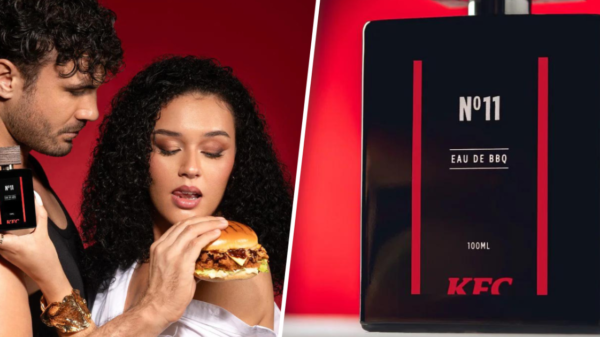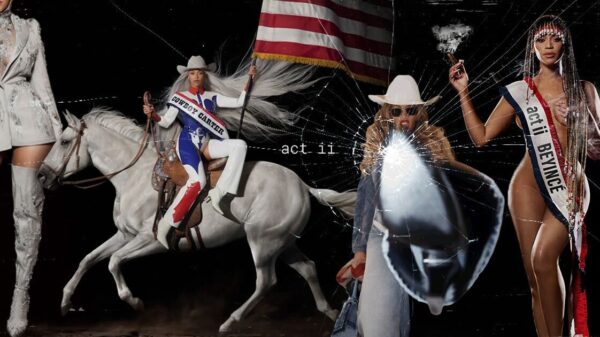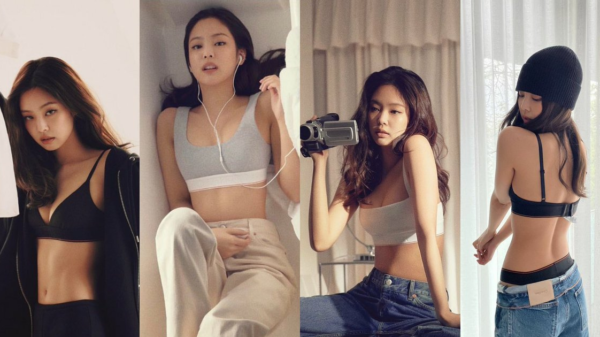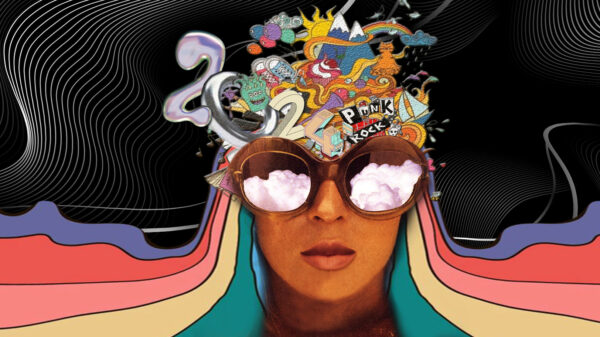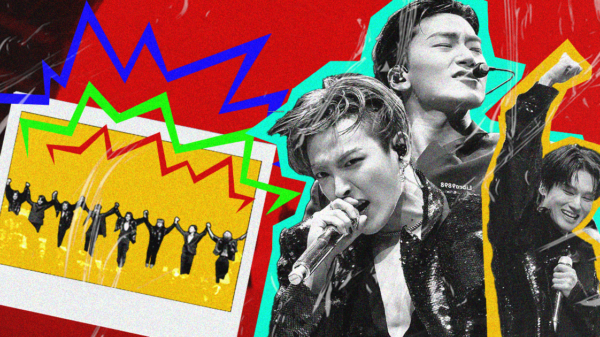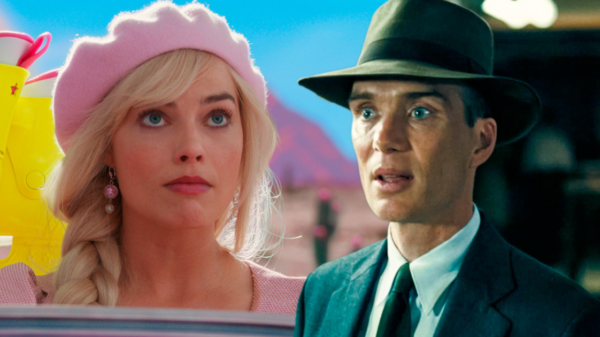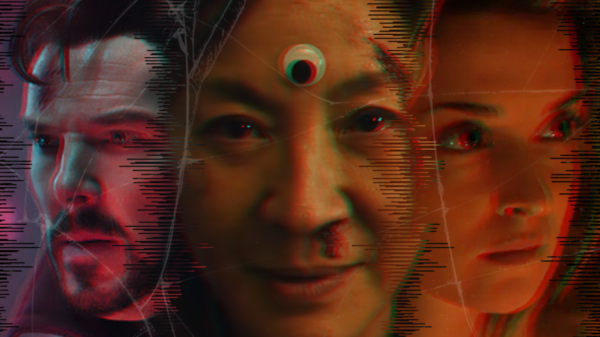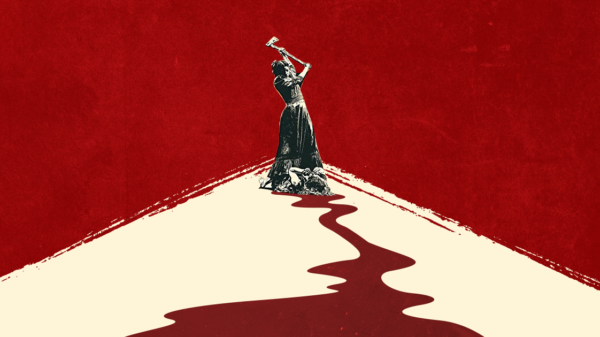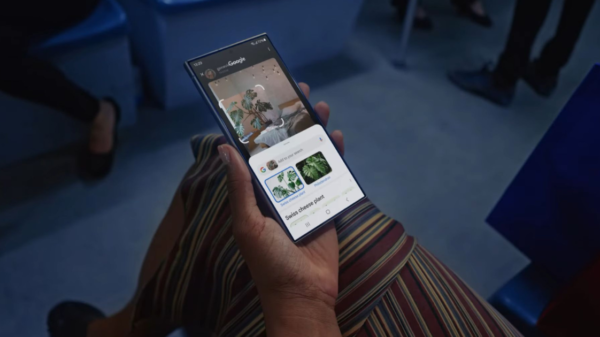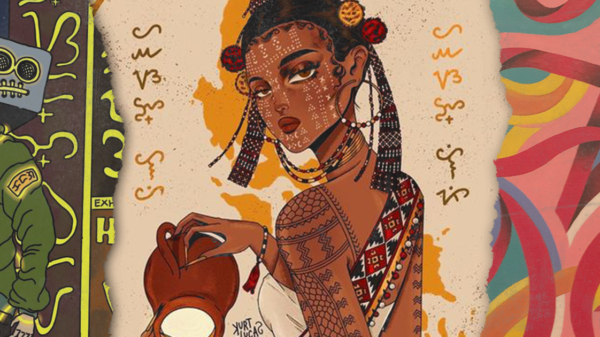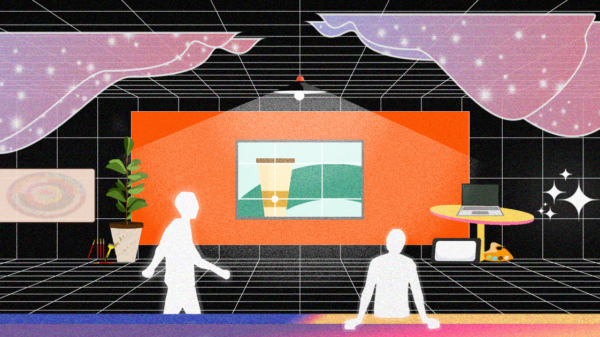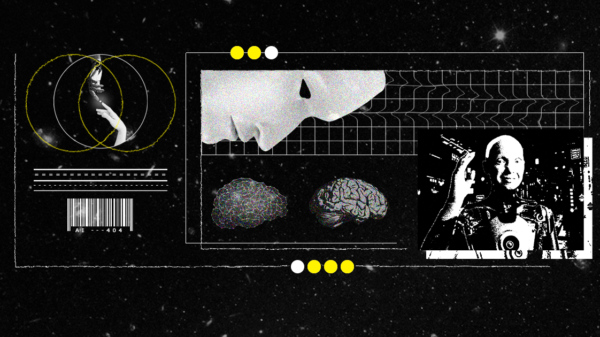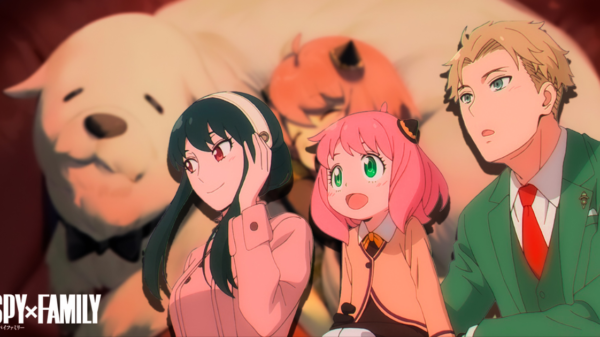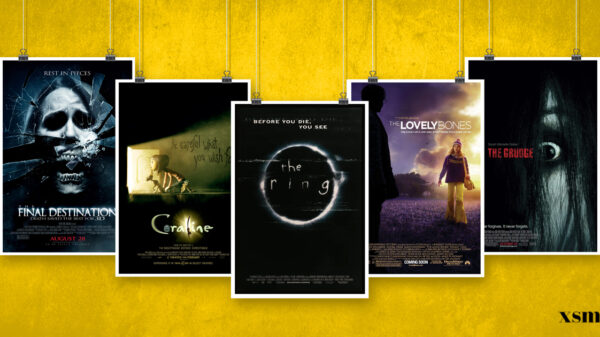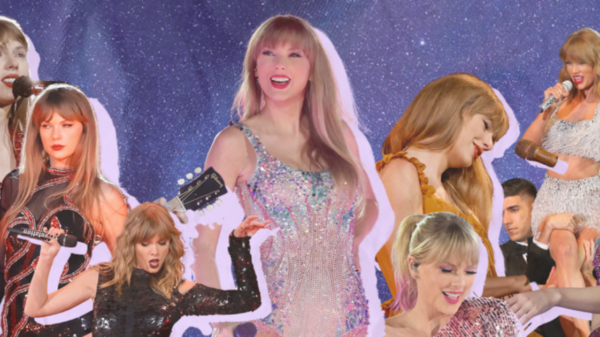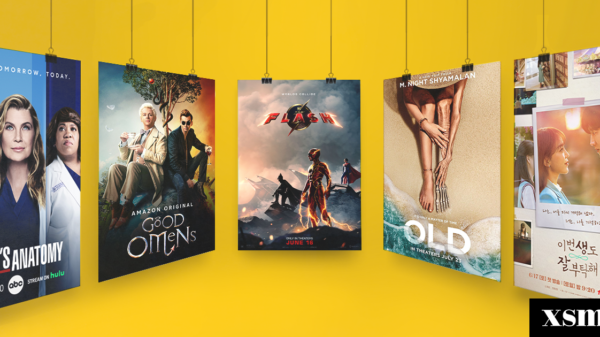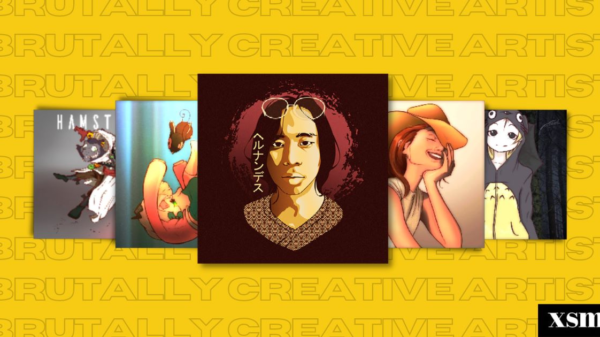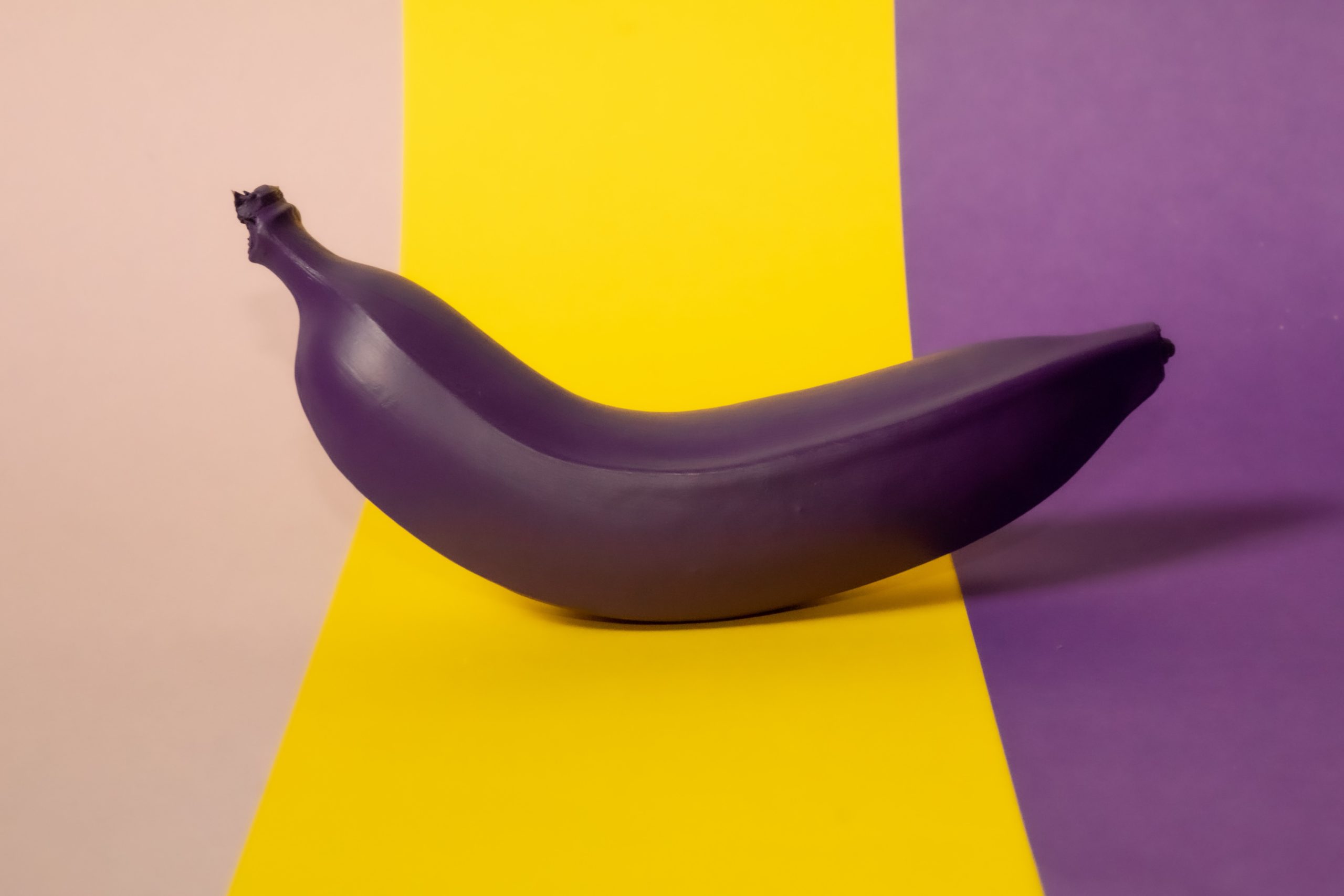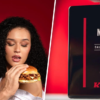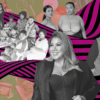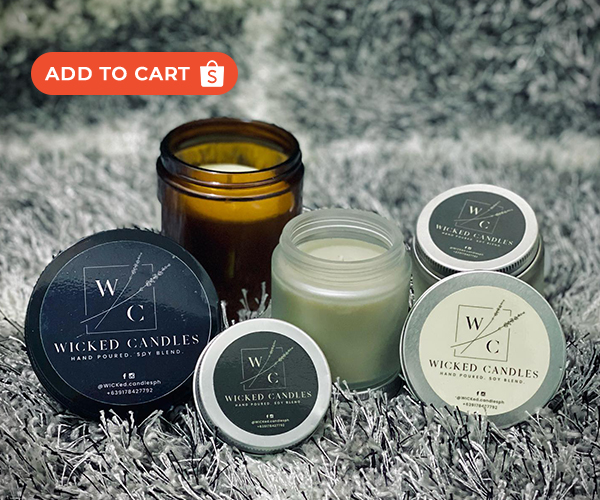Color theory is the collection of rules and guidelines which designers use to communicate with users through appealing color schemes in visual interfaces. It is both the science and art of using color. It explains how humans perceive color; and the visual effects of how colors mix, match or contrast with each other.

The Importance of Color
Color is perception. Color can sway thinking, change actions, and cause reactions. When you’re strolling down the soft drink aisle scanning the shelves filled with 82 million cans and bottles and trying to find your six-pack of Coke, what do you look for? The scripted logo or that familiar red can?

People decide whether or not they like a product in 90 seconds or less. 90% of that decision is based solely on color.
The Color Wheel
Understanding the color wheel and color harmonies is just as exciting as that new box of crayons.

A color wheel is a circle diagram that illustrates the relationships between different colors. Sir Isaac Newton developed the first color wheel in his 1704 book Optics. Newton created an asymmetrical color wheel with seven colors—red, orange, yellow, green, blue, indigo, and violet. Artists and designers use color wheels to create color schemes that produce a desired artistic effect.
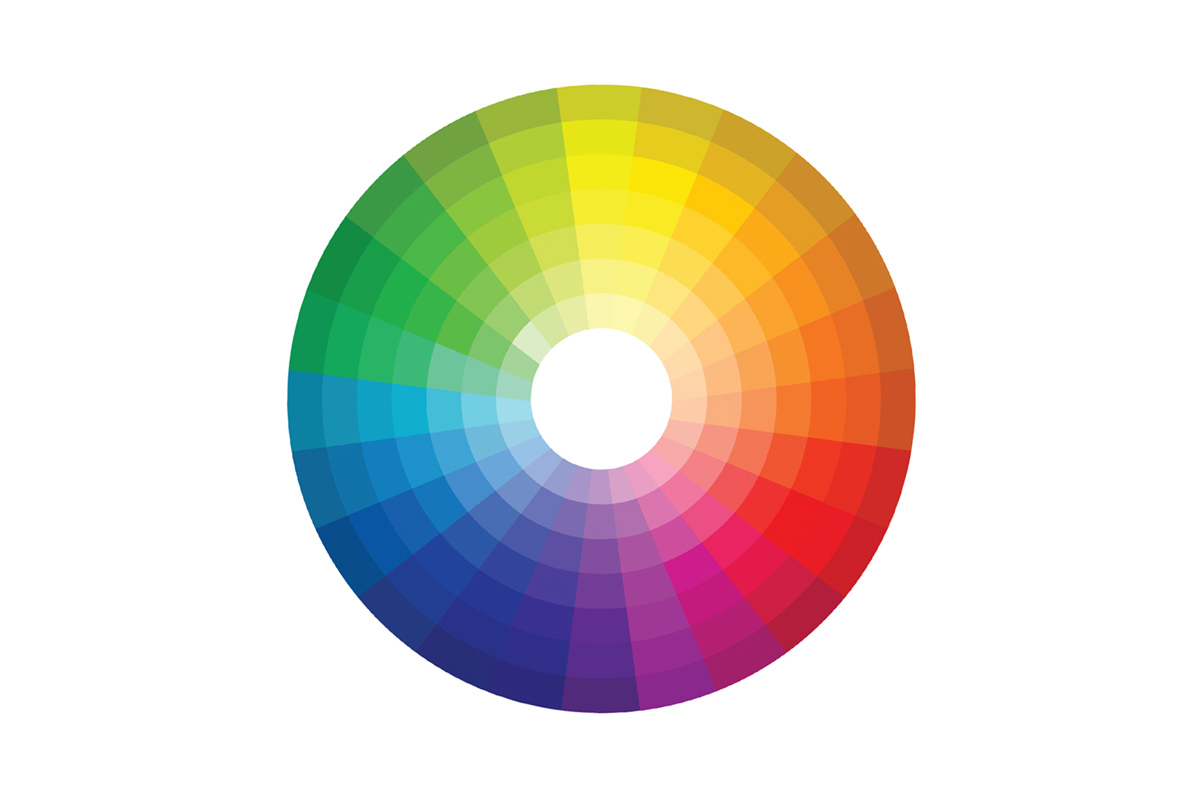
The Color Wheel Basics
The color wheel consists of three primary colors (red, yellow, blue), three secondary colors(colors created when primary colors are mixed: green, orange, purple) and six tertiary colors (colors made from primary and secondary colors, such as blue-green or red-violet).

Primary colors are colors that combine to make a range of other colors. Traditionally, these are red, yellow, and blue. When mixed, these three primary colors form many other colors.
Secondary colors are the result of mixing two primary colors. Tertiary colors are the combination of one primary color with one secondary color. Complementary colors are colors found opposite each other on the color wheel.
Complementary color schemes include blue with orange, red with green, and yellow with purple. These contrasting colors can make a bold statement when paired in fashion, film, photography, and other forms of art.
The Color Theory
Color theory is a set of guidelines for mixing, combining, and manipulating colors.
Color Harmony
Color harmony describes color pairings that are visually pleasing and provide a sense of visual order. Color schemes based on complementary and analogous colors are generally perceived as harmonious.
Color Temperature
Color temperature deals with breaking colors down into warm colors (associated with sunset and daylight) and cool colors (associated with overcast light).

Color Context
Color context is how a color behaves in relation to other colors and shapes in a complex area. Colors appear to behave differently when viewed in different contexts. For instance, an orange may seem dull and subdued when placed beside a vivid yellow, but when paired with a dark purple, the orange suddenly seems much brighter.
CONCLUSION
Again, why is it important that you care and understand the basics in colors?
Branding, Marketing, and Sales.
Knowing the basics about colors and color schemes, you’re prepared to make effective branding decisions. In instances like what color your logo should be, the emotions that colors evoke in a consumer, and the psychology behind color choices on your website.
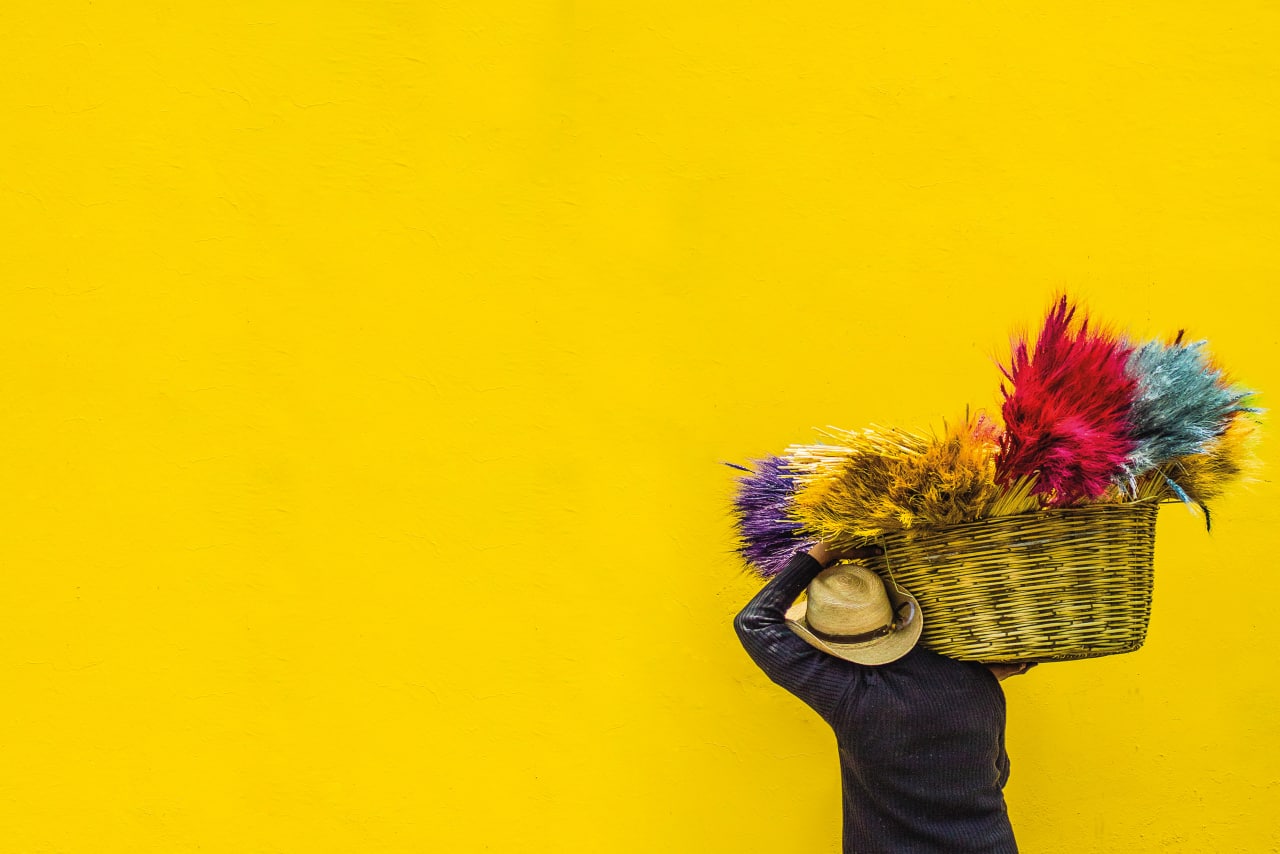
Not only can knowledge of color theory guide you in your own marketing, it can also help you better understand what your competition is doing.




